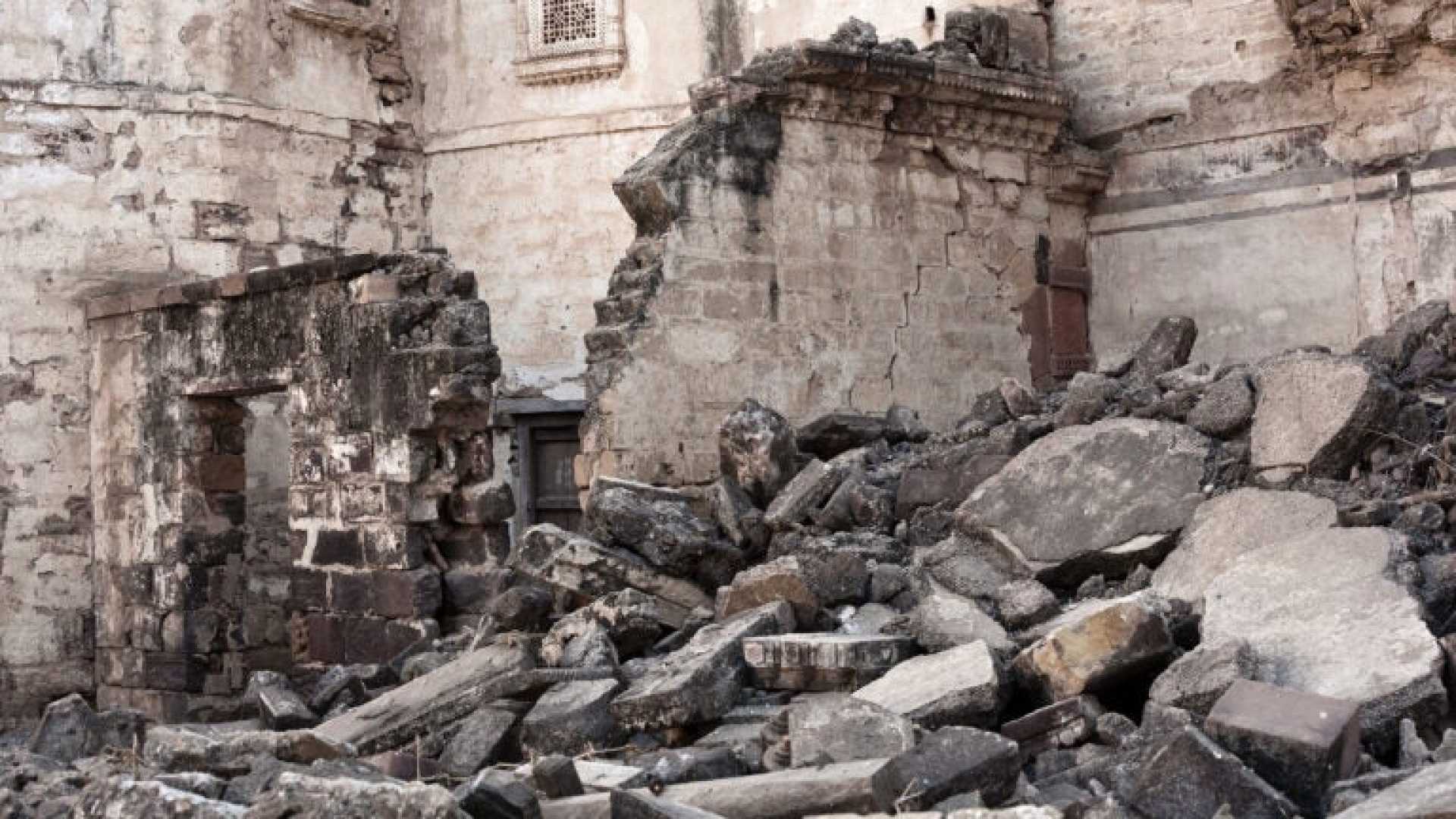News
Scientists Track Earthquake Ruptures in Laboratory Breakthrough

Los Angeles, California — Researchers at the University of Southern California have developed a groundbreaking laboratory model that visually tracks the evolution of microscopic contact points between fault surfaces during earthquake cycles. This study, published in the Proceedings of the National Academy of Sciences on June 7, 2025, reveals significant insights into the mechanics of earthquakes.
By observing these contact points, scientists discovered the essential role of the ‘real contact area,’ a variable long used in earthquake models but not fully understood. ‘We’ve essentially opened a window into the heart of earthquake mechanics,’ said Sylvain Barbot, an associate professor of earth sciences at USC and the principal investigator of the study. ‘We can now explain both the slow buildup of stress in faults and the rapid rupture that follows.’
The lab setup utilized transparent materials and LED lighting to monitor how ruptures occur in real time. Researchers employed high-speed cameras to track changes in light transmission as contact junctions were formed and destroyed during simulated earthquakes. ‘During fast ruptures, we see approximately 30% of the contact area disappear in milliseconds—a dramatic weakening that drives the earthquake,’ explained Barbot.
The findings challenge existing approaches to earthquake mechanics, which have traditionally depended on empirical ‘rate-and-state’ friction laws. Barbot highlighted how their model offers a clearer picture of what occurs at fault interfaces during earthquakes. The team analyzed 26 simulated earthquake scenarios, linking rupture speed and fracture energy to established theories of linear elastic fracture mechanics.
These results demonstrate that the real contact area significantly affects various measurable properties, including electrical conductivity, hydraulic permeability, and seismic wave transmission. Continuous monitoring of these properties could lead to innovative tools for predicting earthquakes. Barbot stated, ‘If we can monitor these properties continuously on natural faults, we might detect the early stages of earthquake nucleation.’
The researchers intend to expand their findings beyond controlled laboratory conditions. ‘Imagine a future where we can detect subtle changes in fault conditions before an earthquake strikes,’ Barbot added. ‘That’s the long-term potential of this work.’












